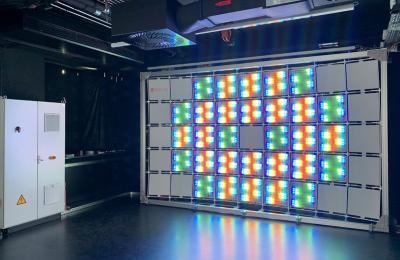Researchers design efficient perovskite solar cell with Mortise-Tenon structure
Researchers from Nanjing Tech University, Wuhan University of Technology and National University of Singapore set out to address two major issues that should be resolved in order to promote perovskite solar cells (PSCs): disorder crystallization of perovskite and unbalanced interface charge extraction, which limit further improvements in device efficiency.
The team used a thermally polymerized additive N-vinyl-2-pyrrolidone (NVP) as a polymer template in the perovskite film, followed by a conventional HTL/Chlorobenzene (CB) solution spin-coating process to remove the residual miscellaneous phases and open the grain boundaries to form monolithic perovskite grains, thereby suppressing the defect-related non-radiative recombination. Furthermore, this process results in the formation of a novel “Mortise-Tenon” (M-T) structure for perovskite/HTL composite film, which provides a larger contact area between perovskite and HTL, thereby facilitating hole extraction to achieve balanced charge management.








